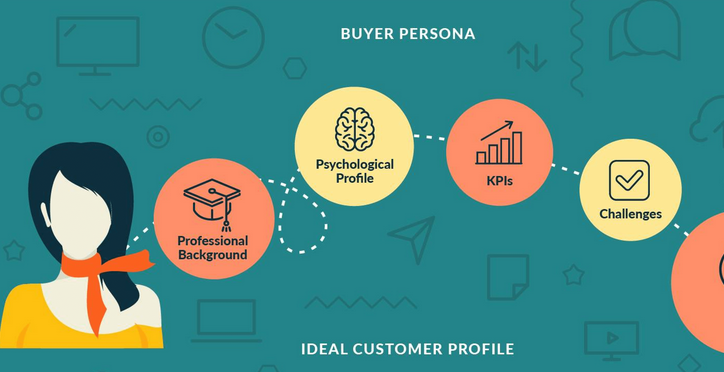In today’s hyper-competitive digital landscape, personalization has become the key to capturing your audience’s attention and keeping them engaged. One powerful tool in achieving this personalization is audience segmentation. By dividing your audience into distinct groups based on shared characteristics or behaviors, you can tailor your marketing efforts to resonate more effectively with each segment. This not only enhances customer experience but also drives better results for your business. In this article, we will explore the best practices for personalization through audience segmentation.

Understanding Audience Segmentation
Before we delve into best practices, it’s essential to grasp the concept of audience segmentation. Audience segmentation involves dividing your audience into groups based on specific criteria. These criteria can include demographic information such as age, gender, and location, as well as psychographic factors like interests, values, and behavior. The goal is to create segments that share common traits and preferences.
Why Audience Segmentation Matters
- Improved Relevance: Audience segmentation allows you to create tailored content and messaging for each group, making your marketing more relevant to individual customers.
- Increased Conversions: Personalized marketing messages tend to have higher conversion rates because they speak directly to the needs and desires of each segment.
- Better Customer Retention: By showing that you understand your customers and their preferences, you can build stronger relationships, leading to increased customer loyalty.
Best Practices for Effective Audience Segmentation
- Collect Relevant Data: The foundation of audience segmentation is data. Start by collecting data on your audience, including demographics, online behavior, and purchase history. Moreover, utilize tools like Google Analytics, CRM systems, and social media insights.
- Define Clear Segments: Once you have the data, define your audience segments. These segments should be distinct, measurable, and relevant to your business goals. For example, you might create segments like “Frequent Shoppers,” “First-Time Visitors,” or “High-Value Customers.”
- Utilize Behavioral Data: Behavioral data is a goldmine for segmentation. Analyze how users interact with your website, emails, and social media. Track what products they view, what content they engage with, and their conversion paths. This can help you create segments based on user intent and engagement.
- Implement Automation: Implement marketing automation tools to streamline the personalization process. These tools can help you send targeted emails, display personalized product recommendations, and even adjust website content dynamically based on user behavior.
- A/B Testing: Continuously refine your segmentation by conducting A/B tests. Test different messages, offers, and content for each segment to determine what resonates best. This iterative approach ensures that your segmentation remains effective over time.
- Consistent Messaging: Maintain a consistent brand voice and messaging across all segments. While content may vary, the overall brand experience should remain cohesive to avoid confusion.
Real-World Examples
Let’s look at a couple of real-world examples to illustrate the power of audience segmentation:
- E-commerce: An online clothing retailer can segment its audience based on previous purchase history. Customers who have bought winter coats in the past might receive promotions for new winter arrivals, while those who prefer summer clothing receive different recommendations.
- News Media: A news website can segment its audience by interests. Readers who frequently visit the sports section might receive personalized content related to their favorite teams, while readers interested in politics receive news articles tailored to their political leanings.
Conclusion
In conclusion, personalization through audience segmentation is a powerful strategy that can significantly impact your marketing efforts. By understanding your audience, defining clear segments, and implementing best practices, you can create highly targeted and effective marketing campaigns. Remember that personalization is an ongoing process; as your audience evolves, so should your segmentation strategies. Hence, stay agile, monitor performance, and adapt to ensure your marketing remains relevant and engaging in an ever-changing digital landscape.
